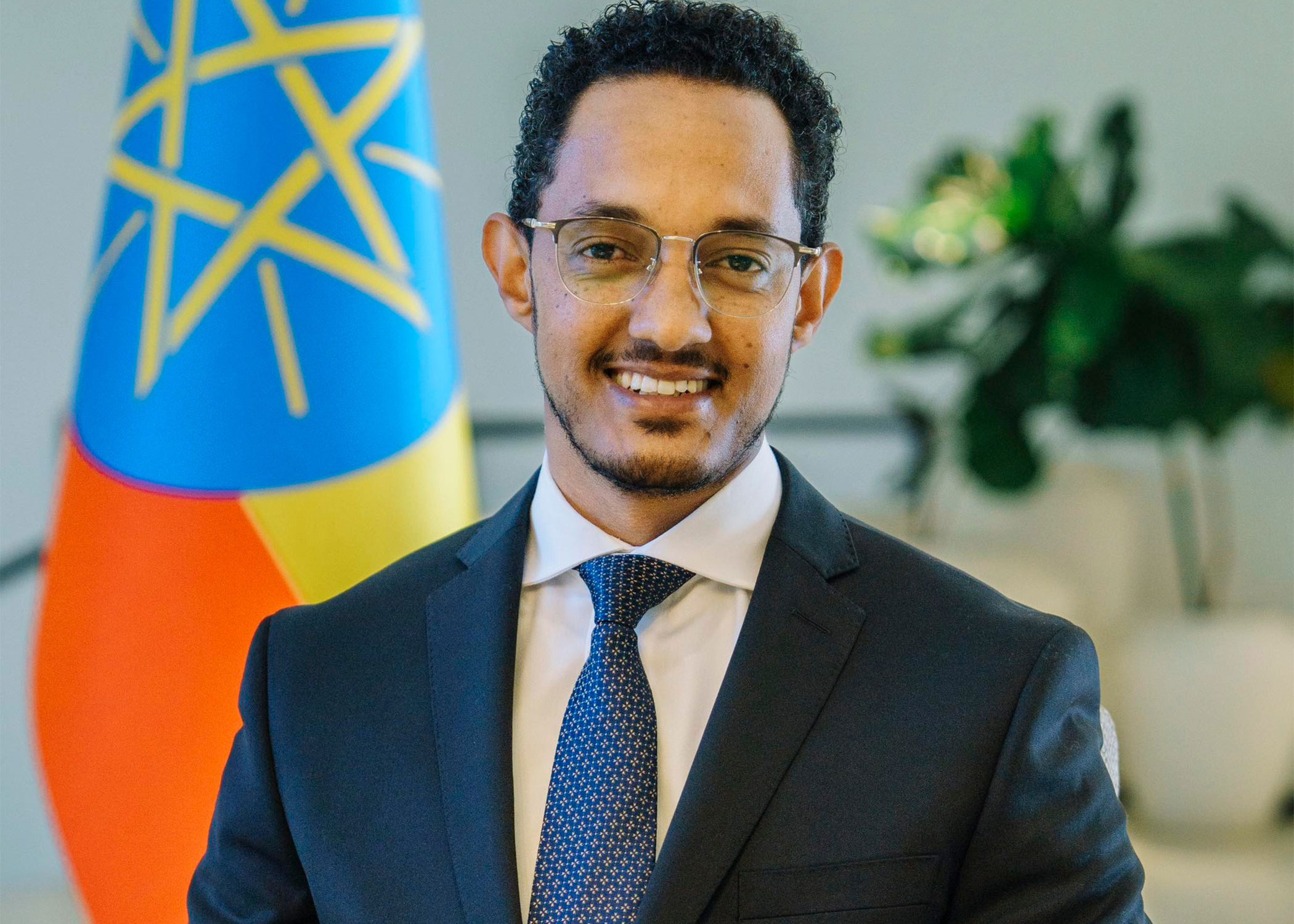A woman with diabetes living in a rural area with a shortage of healthcare workers must manage her condition. To whom or what does she turn? Her smartphone. In just two years, the delivery of healthcare – and many other services – could look very different than it does today.
Technologies such as artificial intelligence and the “Internet of Things” could enable a woman to access healthcare by pressing a few buttons. A wearable sticker could use sweat to monitor her blood glucose levels. That data would then be sent by a microchip in her phone to her blockchain-secured electronic health record in the cloud. She could then order her insulin through Amazon, to be delivered to her doorstep by a drone, or request that her local pharmacy 3D print her metformin pills and verify their authenticity via text message.
To screen for diabetic retinopathy, which damages the eye and can cause blindness if untreated, she could also use her smartphone to take her own retinal image, selfie-style. An AI algorithm would analyze it and book an appointment with a doctor if the findings were abnormal. It could even order an Uber to take her there, deducting the cost from her mobile wallet. Before the woman arrived at the office, the doctor could test the laser therapy on her digital twin to determine which treatment works best.
This may sound like science fiction, but each solution exists in isolation today. And given the likelihood of exponential growth in computing power, associated increases in deep learning and neural networks, and breakthroughs in intelligent machines, robotization, and 3D printing, as well as wearable technology, these systems will become even more prevalent – and powerful – over time.
If it is technically possible to build an end-to-end digital primary healthcare system tailored to the needs of low-resource settings, why has no one stitched together these components?
Private companies have no financial incentive to link standalone technologies and no appetite within national healthcare systems, which are often underfunded.
Realizing the potential of this digital transformation requires looking outside the health sector – specifically, to digital-payment systems, which, given their widespread adoption, could usher in a new age of healthcare delivery. Re-engineering health systems to integrate digital data and technology is no longer merely a job for government ministries. It is increasingly being undertaken by financial institutions, organizations experimenting with new technologies, and online retailers.
During the three years I served as the chairperson of Ehsaas, Pakistan’s largest social safety and poverty alleviation program, I observed the infrastructure required to facilitate digital payments. Gateways and switches form the backbone of these systems, but so do policies, standards, and regulatory frameworks.
Ehsaas itself is currently in the process of developing a one-of-a-kind digital ecosystem that could serve millions of families. It includes the Ehsaas Saving Wallets initiative, implemented under the “One Woman, One Bank Account” policy, and allows beneficiaries of the Ehsaas Kafaalat program, which gives monthly cash stipends to the country’s poorest women, to withdraw or save their money. The new ecosystem also includes the Ehsaas Rashan Riayat program, a technology-led effort to disburse subsidies.
Using the Rashan app, eligible families receive discounts on select food items at registered kiryanas, or small general stores. These initiatives could increase financial inclusion and accelerate the transition from cash to digital payments when coupled with the right fiscal incentives.
Even in the world’s remotest parts, fast-food chains and taxi companies harness the power of mobile technologies to deliver goods and services. Theoretically, the same technological capabilities could form the basis of innovative public-sector digital ecosystems that are transparent, accountable, and responsive. The Ehsaas ecosystem represents one step in the right direction.
An end-to-end digital primary healthcare system could mitigate or even surmount systemic problems such as absenteeism, haemorrhaging supply chains, institutionalized theft, low quality of care and responsiveness, rent-seeking behavior, informal payments, and structural inefficiencies. The use of blockchain alone – a multipurpose technology – can safeguard security, increase transparency, potentially prevent fraud and minimize losses in health systems.
COVID-19, the inflation crisis, and the climate catastrophe have underscored the need to reshape public institutions and healthcare delivery. Investing heavily in digitalization, modernizing payment systems, and formulating policy and regulatory frameworks are all crucial to realizing a future where a woman with diabetes can treat her condition using a constellation of medical technologies. The technology already exists. The task now is to harness it for all.





 Loading your updates...
Loading your updates...